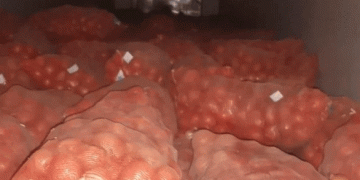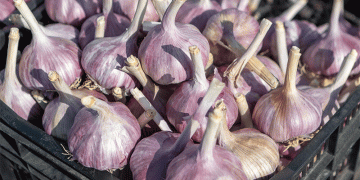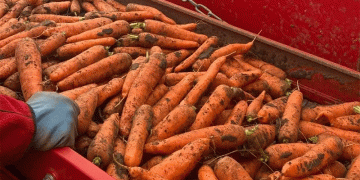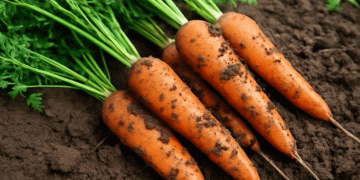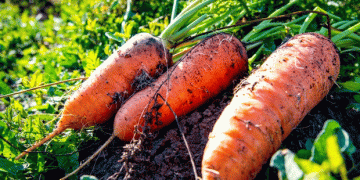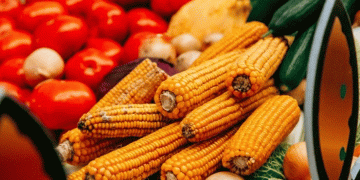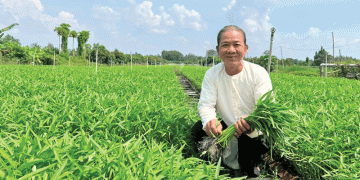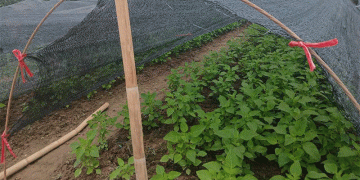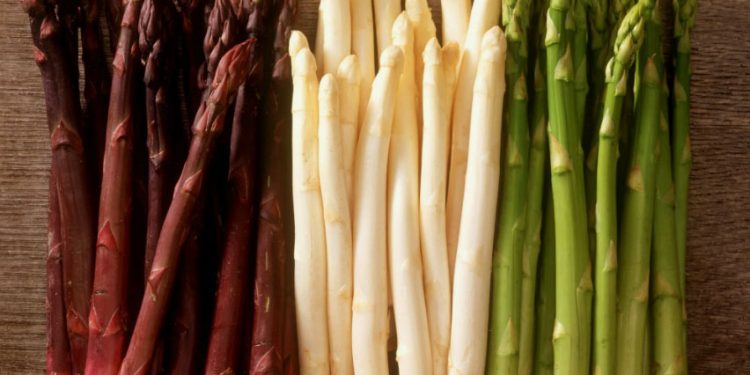The 2024 asparagus season in Austria was marked by a historically early start, driven by unseasonably warm weather. However, 2025 has seen a return to more traditional harvesting timelines, with the main domestic crop arriving as expected. According to the latest AMA (Agrarmarkt Austria) wholesale price data, the average selling price for asparagus—including imports—has declined by 14% year-over-year for both white and green varieties.
Market Analysis: Supply and Demand Factors
The price drop can be attributed to several factors:
- Stable Domestic Production: Unlike 2024, this year’s weather conditions allowed for a steady, well-timed harvest, preventing supply shortages.
- Increased Imports: Competitive imports from neighboring EU countries, particularly Germany and Spain, have helped stabilize prices.
- Consumer Trends: While asparagus remains a popular spring vegetable, retail demand has not surged unexpectedly, keeping market prices in check.
Globally, asparagus production has been rising, with Peru remaining the world’s top exporter, followed by Mexico and China (FAO 2025). However, European consumers continue to show a strong preference for locally grown asparagus, supporting regional farmers.
A Balanced Market Outlook
The 2025 asparagus season in Austria demonstrates how normalized weather patterns and efficient supply chains can lead to stable pricing. Farmers and wholesalers should continue monitoring import trends and consumer preferences to optimize profitability. For agronomists and agricultural engineers, this season highlights the importance of resilient farming practices to mitigate climate-related disruptions.
















